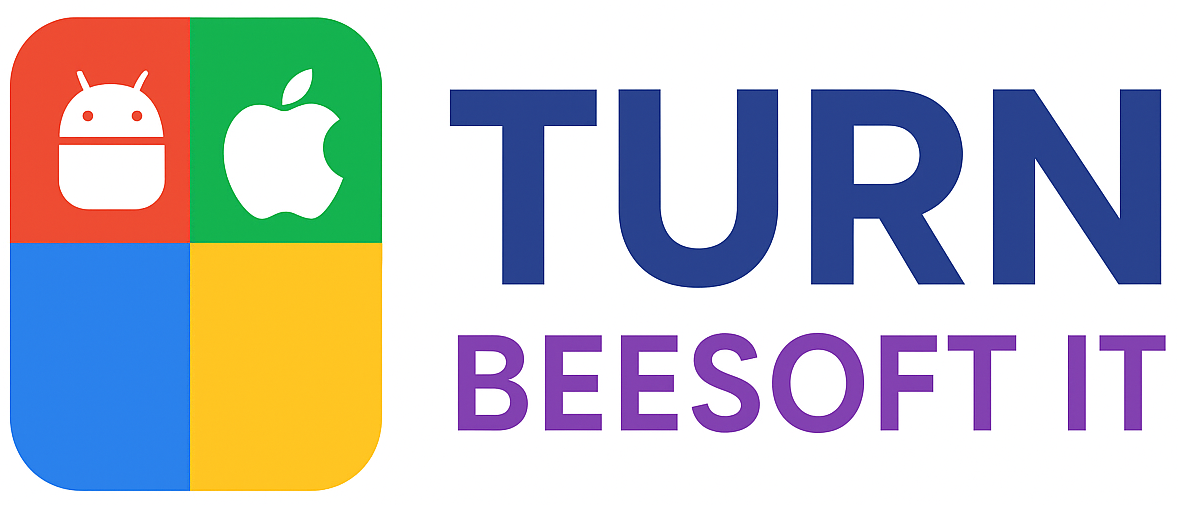The ability to run the Android operating system and its applications within a virtualized environment on a Linux Mint system provides a development and testing platform without requiring a physical Android device. This functionality leverages software that mimics the Android environment, allowing users to install, run, and debug Android applications directly on their desktop. For instance, a developer could use this setup to test an application’s performance across various Android versions without needing multiple physical devices.
This capability offers numerous advantages, including cost-effectiveness, enhanced debugging capabilities, and the ability to simulate diverse hardware configurations. It allows developers to rapidly prototype and test applications, leading to faster development cycles and improved app quality. Historically, emulating Android on Linux systems has been a complex process, but modern solutions have simplified the setup and configuration, making it accessible to a wider range of users.
